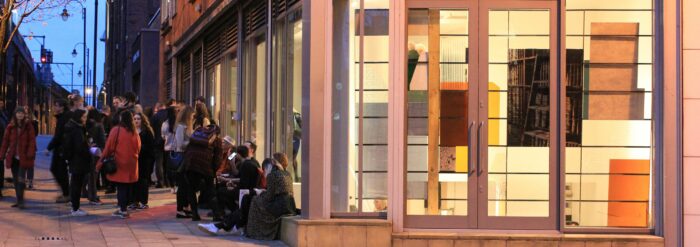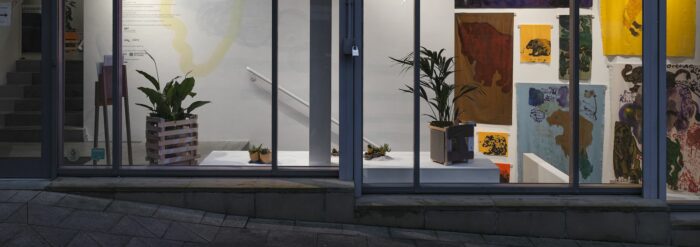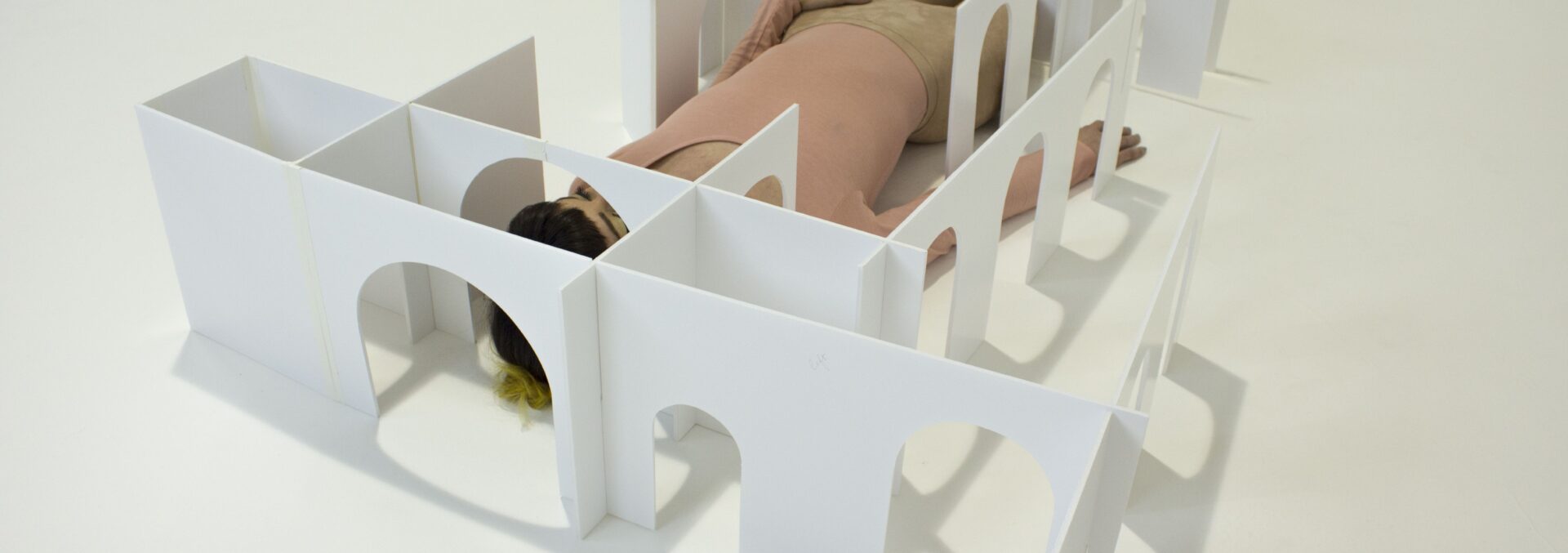
Energy House 2.0: Mishka Henner and Emily Speed
Exhibition
Energy House 2.0: Mishka Henner and Emily Speed
04 May 2025 - 20 July 2025
Castlefield Gallery
Preview: Thursday 1 May 2025, 6-8pm
Booking is not required, but it helps us organise the preview better if you do: register here
Saturday Slow Preview: Saturday 3 May
Book your free tickets here
Book a timed visit with additional restricted capacity in the gallery and enjoy our new exhibition at your own pace with our Saturday Slow Preview on Saturday 3 May. This is also a chance for you to ask questions to Castlefield Gallery’s Curator. Refreshments will be provided.
This Spring Castlefield Gallery will launch an ambitious exhibition of new work by artists Mishka Henner and Emily Speed, in partnership with the University of Salford Art Collection and Energy House Labs. The exhibition will be the culmination of 18-month Artist Residencies with Energy House 2.0 at the University of Salford, a period in which the artists have immersed themselves in this world-leading energy performance facility, its cutting-edge research, and the facilities and research of the wider university.
A unique facility, Energy House delivers pioneering research on how carbon neutral and net zero homes, the homes of the future, will be built. Energy House 2.0’s chamber can accommodate two full-sized detached houses and simulate climatic conditions including wind, rain, snow, solar radiation and extreme temperatures. Research at Energy House cuts across science and technology, architecture, design and our rapidly changing climate; the artists’ residencies have taken Henner and Speed on different yet intersecting journeys.

At Castlefield Gallery, Henner will present a sound and video installation, which responds to data from the Blitzortung network of over 10,000 lightning sensors positioned across six continents. Each time a lightning strike occurs somewhere in the world it will be recorded on a graphic musical score developed by Henner, which in turn triggers the sounds of percussion instruments. The work will create unique sonic events in the gallery which connect listeners’ bodies to live data recorded on a planetary scale.
This piece by Henner is comparable to the day-to-day activity at Energy House 2.0 where scientists and researchers collect data from countless sensors and devices located in and around the houses built inside the facility’s chambers. That data provides information about the houses, the materials they are made from and how they react to various atmospheric conditions.
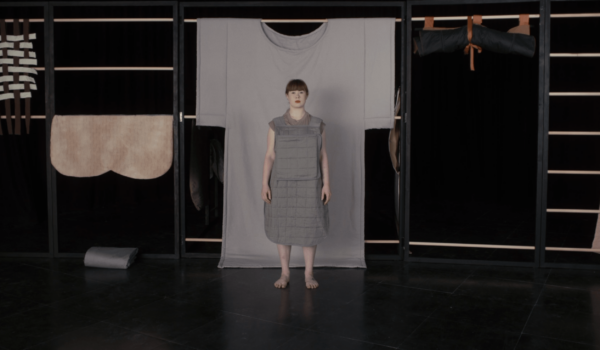
Speed considers the houses in Energy House 2.0 as 1:1 models, and in addition to testing materials and energy use, has engaged with the facility’s spaces as sites ripe for challenging ideas and exploring new possibilities. Speed’s work seeks to question how the minimal space requirements and heteronormative family-based design of many new-build houses affect the way we interact and cohabit.
Kitchens are of particular interest to Speed, an often-overlooked site of daily ritual, existing at the cross-section of gendered household roles and hyper-capitalist consumerism. Idealised kitchens feature in countless social media posts, coffee table books, and glossy fashion and lifestyle magazines that encourage the types of consumption that may undermine work done by ventures such as Energy House 2.0 to build and maintain homes more sustainably.
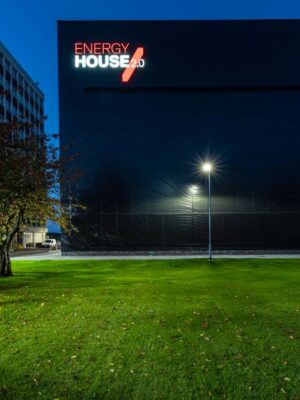
Our most recent artists in residence Mishka and Emily, in my eyes are completely different in their approach to the subject, Mishka with his thirst for data and inputs, generating imagery from our sometimes quite dull data, whereas Emily is examining our test homes, and considering how people might have seen these homes through the ages, and comparing and contrasting the “home of the future” with the homes of the past. I look forward to seeing their final works as I am sure they will see and represent our work in a way that is not only outstanding but fascinating for the publicProfessor Richard Fitton (PhD) FRICS
Throughout their residencies, Henner and Speed have worked closely with Professor Richard Fitton and the team of scientists and researchers at Energy House 2.0. The artists have also drawn from the expertise and experience of various facilities and individuals from across the University of Salford including the Acoustics Department, School of Arts, Media and Creative Technology, Maker Space, and PhD students, as well as Castlefield Gallery, the University of Salford Art Collection and Open Eye Gallery.
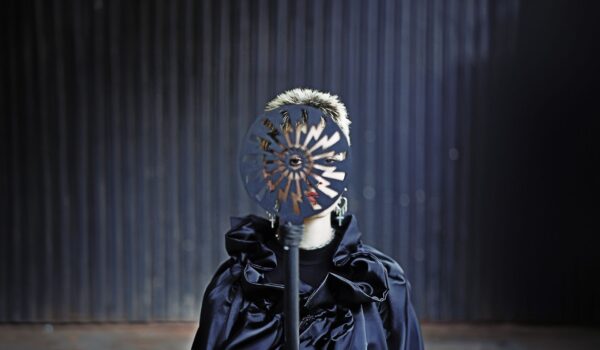
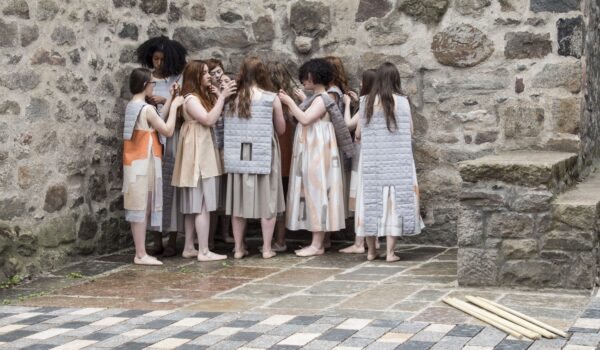
Mishka Henner
Mishka Henner, born in Brussels in 1976, lives in Manchester and works internationally. He produces books, films, and photographic and sculptural works that reflect on cultural and industrial infrastructures – with a focus on the digital terrain and subjects of cultural and geo-political interest. His work has been exhibited at the Museum of Modern Art, the Metropolitan Museum of Art, New York, Centre Pompidou, Paris and the Victoria & Albert Museum, London.
Emily Speed
Emily Speed is based in Liverpool and makes work that explores the power dynamics inherent in built space, using sculpture, film, performance, and drawing. Speed has had solo presentations at Tate Liverpool, Tate St Ives, TRUCK, Calgary, and Fort Worth Contemporary Arts, Texas. Speed has been commissioned to make sculptures and performances for Great Ormond Street Hospital, Yorkshire Sculpture Park, Laumeier Sculpture Park (St Louis), and Edinburgh Art Festival, among others.
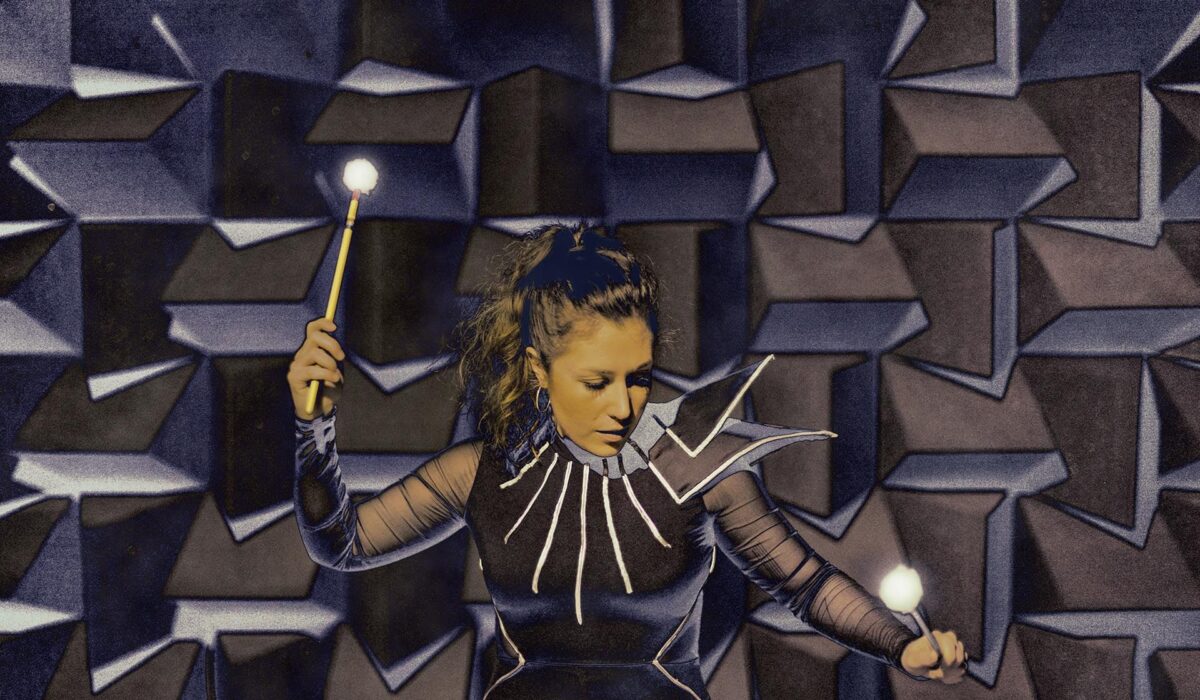
Presented in partnership with the University of Salford Art Collection and Energy House Labs:

The Energy House 2.0 Artist Residencies have been hosted by the University of Salford Art Collection in partnership with Open Eye Gallery, Liverpool and Castlefield Gallery, Manchester. Both residencies have been made possible through funding from the Friends of Energy House 2.0 Community.
Images
Banner:
- Emily Speed, Rooms Designed for a Woman (film still), 2017. Commissioned by Yorkshire Sculpture Park. Image courtesy of the artist.
From left to right, top to bottom:
- Mishka Henner, The Conductor Poster. Image courtesy of the artist.
- Emily Speed, Flatland, 2021, digital video (film still). Image courtesy of the artist.
- Mishka Henner, The Protector, 2024. Image courtesy of the artist.
- Emily Speed, Façades Fronts (performance still), 2018. Image courtesy of the artist.
- Mishka Henner, The Conductor, 2024. Image courtesy of the artist.
Downloads
Press release
339.873046875kb